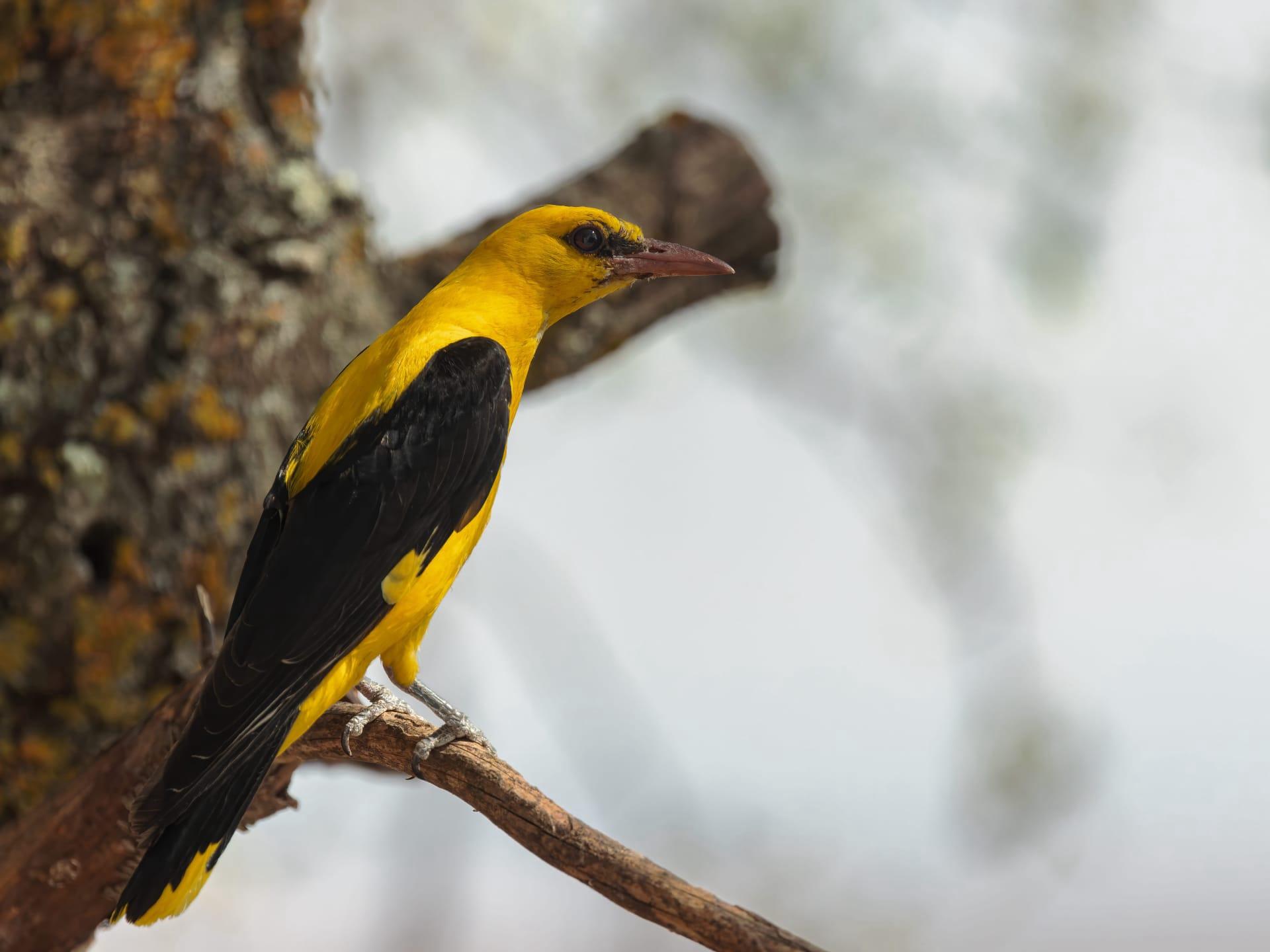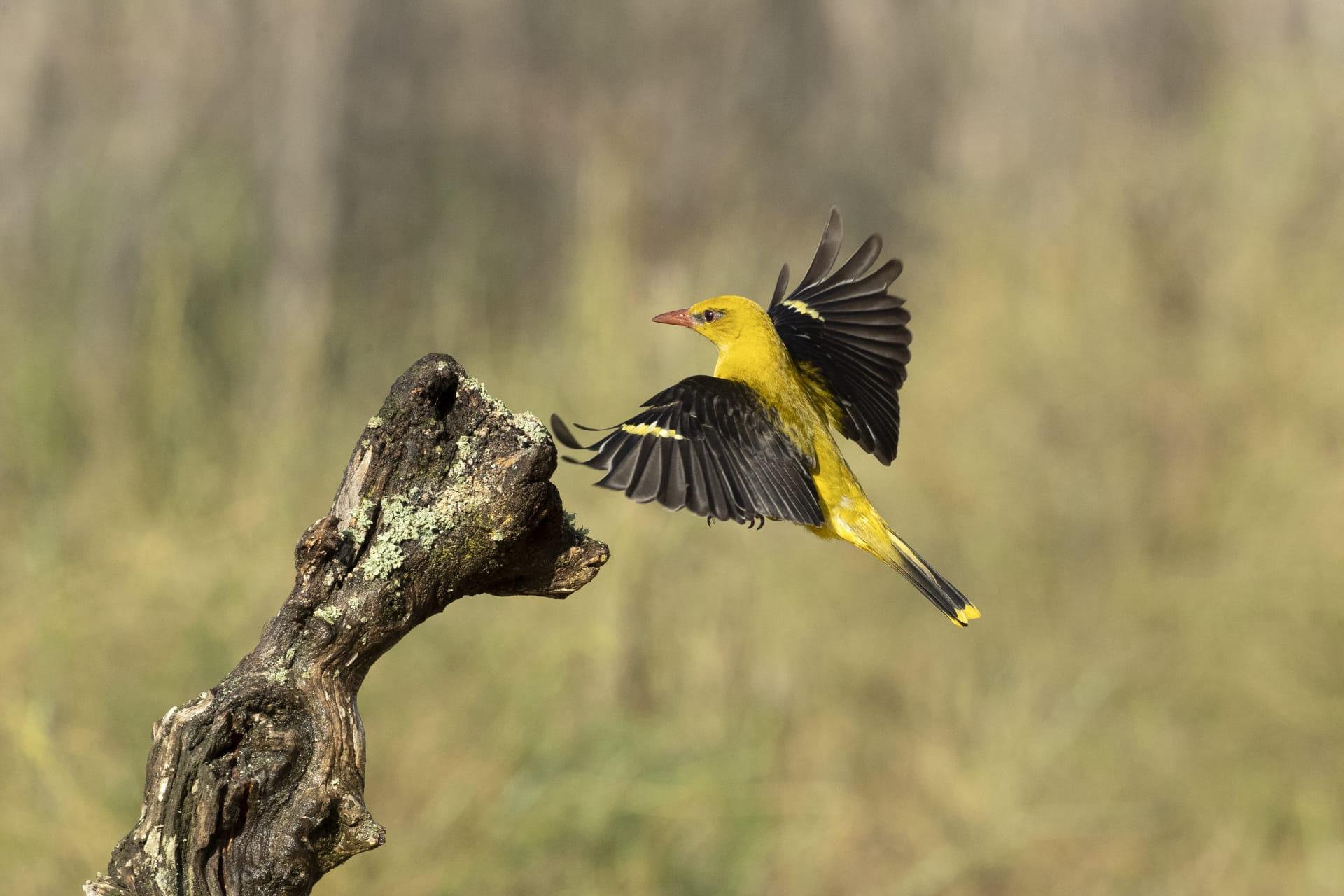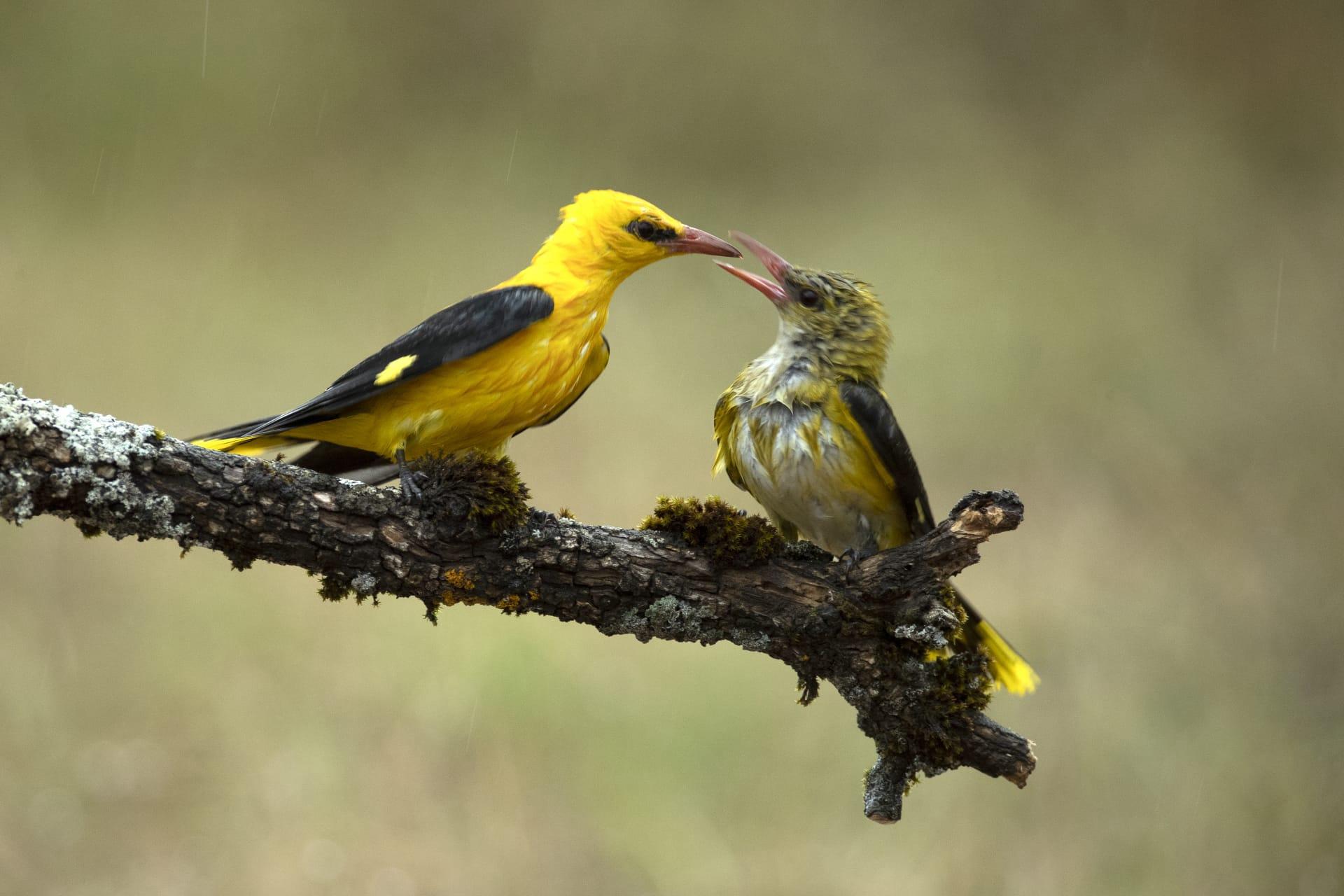1
Orioles, known for their vibrant orange and black plumage, are not just a feast for the eyes. Their diet is uniquely sweet-centric, heavily favoring nectar, fruits, and jelly. In fact, during migration, they can consume up to double their body weight in nectar and fruits to fuel their journey. This high-energy diet is vital for their long-distance flights, some species traveling over 2,000 miles from North America to Central America.
The Baltimore Oriole, a species particularly admired in the United States, has a fascinating nesting technique. The female weaves a remarkable hanging basket-like nest using plant fibers, grasses, and sometimes even artificial materials like fishing line. These nests are engineering marvels, usually about 6-8 inches deep and suspended from the very tips of tree branches, swaying with the wind yet remarkably sturdy and safe from many predators.

2
Orioles exhibit an extraordinary range of vocal abilities. They can sing up to 34 different song variations, with each male having a unique song to assert his territory and attract mates. The complexity of their songs is not just for show; it plays a crucial role in their social dynamics. Interestingly, these songs can change from year to year, demonstrating a remarkable adaptability and learning capacity in their communication.
Another fascinating aspect of orioles is their migration pattern. Unlike many birds, orioles don't strictly adhere to a north-south migration. Instead, they follow a more diagonal route, a behavior known as "oblique migration." This means they travel northwest in spring and southeast in fall, a pattern believed to be influenced by the availability of food sources and favorable weather conditions, ensuring their survival during these taxing journeys.

3
Orioles have a unique adaptation for feeding. Their beaks are long, straight, and pointed, perfectly designed for probing flowers for nectar. This beak shape also allows them to easily access fruits and berries, and even to skewer insects, a versatility that is crucial for their varied diet. This adaptation showcases a remarkable example of evolutionary specialization.
The vibrant colors of the oriole, especially the males, are more than just eye-catching; they play a significant role in their mating rituals. The brighter the male's plumage, the more attractive he is to potential mates. This is because bright colors are a sign of good health and strong genetics. The females, being less brightly colored, are better camouflaged while nesting, providing an evolutionary advantage in protecting their eggs and young from predators.

4
Orioles are not just solitary birds; they play a significant role in their ecosystem. They are known as "bioindicators," meaning their presence or absence in an area can indicate the health of the ecosystem. Because they are sensitive to environmental changes and habitat destruction, a thriving population of orioles often signifies a healthy, biodiverse habitat. This makes them important species for ecologists to monitor.
Interestingly, orioles have a symbiotic relationship with certain types of trees. For instance, the Baltimore Oriole frequently nests in elm trees. These trees provide the perfect structure for their intricate nests and offer a rich food source in the form of insects that thrive on elm trees. This relationship highlights the interconnectedness of species within an ecosystem and the importance of preserving natural habitats for the wellbeing of all inhabitants.

5
Orioles have developed a unique strategy to protect their young. The female oriole is known to lay her eggs over a period of several days, a process called "sequential laying." This ensures that the eggs hatch at different times, reducing competition among the chicks for food and increasing their survival chances. This strategy reflects an evolved reproductive adaptation in response to resource availability and predation risks.
Lastly, orioles have a remarkable memory, especially when it comes to their feeding sites. They often return to the same gardens or feeders year after year during migration. This remarkable memory helps them navigate long distances and find reliable food sources, showcasing their intelligence and adaptability. This behavior also provides a unique opportunity for bird watchers and nature enthusiasts to observe these beautiful birds closely, contributing to their popularity among birding communities.